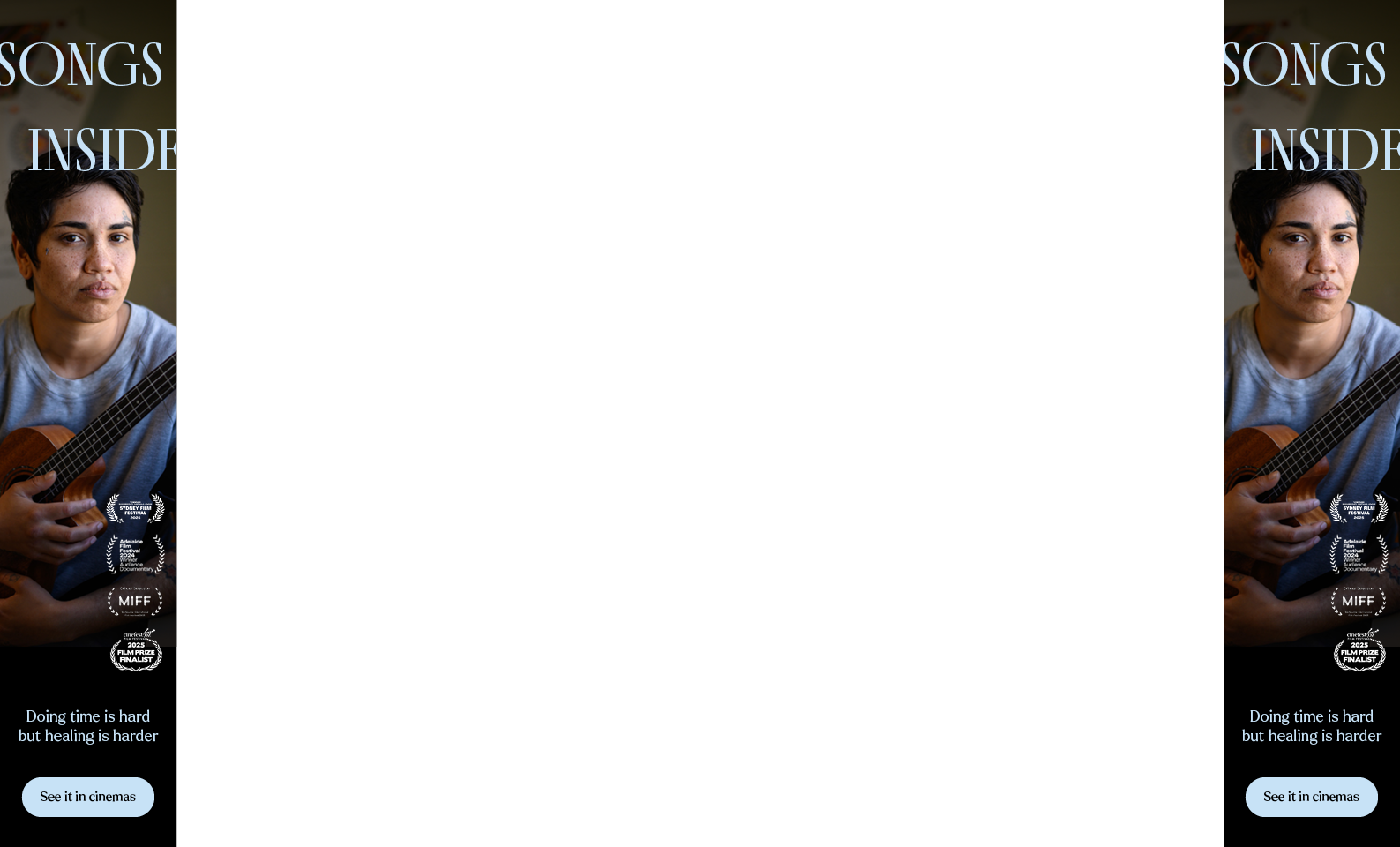by Jenny Charles
In the age of streaming, interactive storytelling, and immersive experiences, audiences are no longer content to simply sit and watch—they want to participate. Whether it’s stepping into a VR-enhanced narrative, joining a global fan conversation on social media, or navigating a choose-your-own-adventure-style film, today’s viewers crave connection, realism, and interactivity. The demand for real-time engagement and authentic environments is not just a trend—it’s reshaping how we define entertainment across all mediums.
This shift is also visible in the rise of interactive digital platforms that merge live-action performance with cutting-edge technology. One compelling example is Spinbara, a platform that offers real-time, actor-led digital experiences which feel closer to immersive theatre or live television than traditional online formats. With high-definition live streams and real human hosts guiding the action, the result is an experience that closely resembles a live broadcast or a performance-driven game show.
When Tech Meets Theatrics
Much like the cinematic world, where storytelling relies on performance, atmosphere, and emotion, platforms like Spinbara harness these same principles to build engaging environments for their audiences. Participants aren’t simply clicking buttons—they’re interacting with live hosts, observing nuanced gestures, and making real-time decisions in an unscripted setting.
The effect is similar to watching a tightly choreographed one-take film, where the action is continuous and the outcome hinges on the viewer’s choices. It evokes the tension of live reality TV or the intimacy of a stage performance—all made accessible from your laptop or phone. It’s a new frontier for digital engagement that borrows just as much from film direction and stagecraft as it does from code and servers.
Cinematic Influence and Real-Time Participation
From The Truman Show to Bandersnatch, film has long explored the line between fiction and reality. Now, that line is increasingly blurred by technology that puts the audience at the centre of the experience. What was once science fiction is becoming entertainment fact. Platforms like Spinbara represent this evolution, showing how cinematic principles can blend with interactivity to craft something fresh and unpredictable.
Real-time streaming, high-quality production design, and human hosts who adapt on the fly—it’s no wonder that this format is resonating with audiences who want more than passive consumption. It’s not just entertainment; it’s participation. And for film lovers who enjoy behind-the-scenes insights or alternate endings, these live environments offer a similar thrill—except the outcome changes because you are part of the process.
The Future of Interactive Entertainment
Looking ahead, the fusion of entertainment and real-time engagement will only deepen. Technologies like augmented reality (AR), virtual reality (VR), and AI-generated content are pushing the limits of what’s possible. We’re entering an era where the audience is no longer a spectator but a co-creator.
Platforms like Spinbara are just one example of how performance, technology, and storytelling are converging into something new—an experience that feels like both a production and a game, both cinema and connection. And as more creators, developers, and performers explore this hybrid space, the boundaries of what counts as “film” or “entertainment” will continue to expand.




